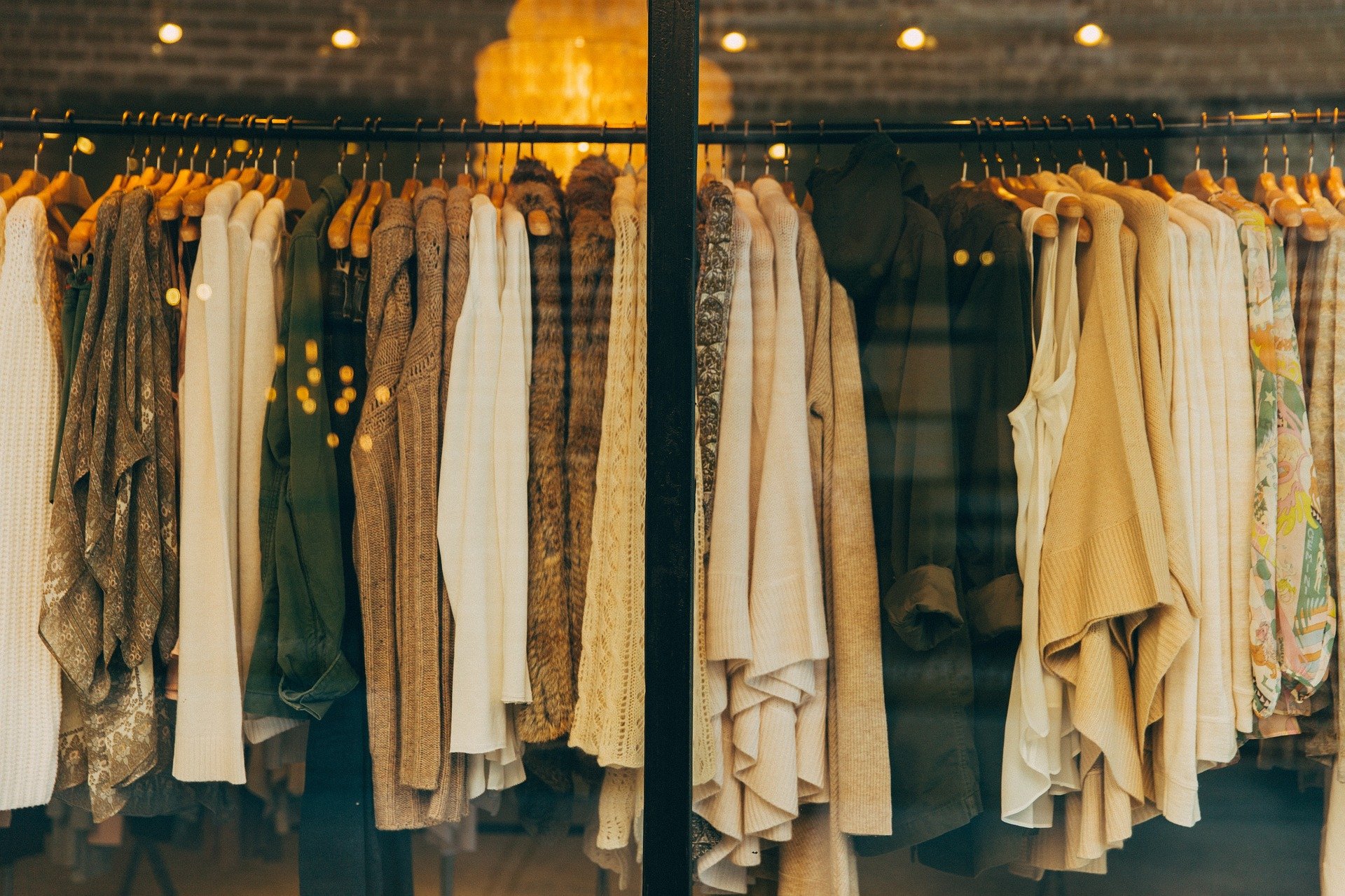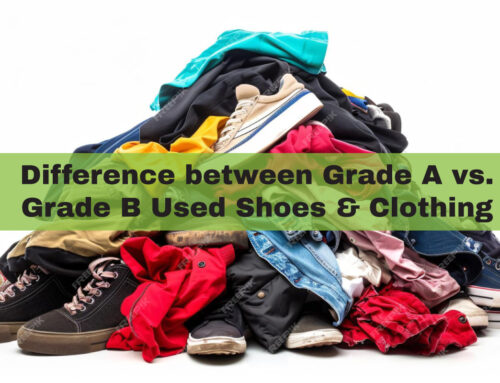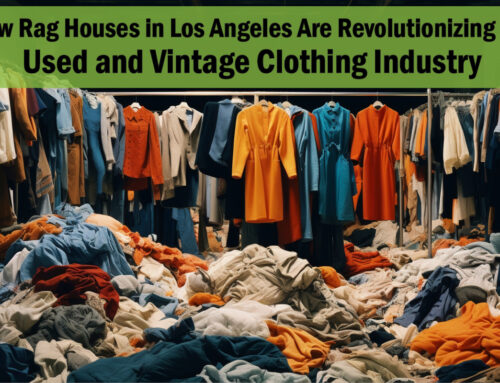The export of used textiles is a big business.
The extent of export of used textiles can be estimated by the fact the market of second-hand apparel in the United States is worth about $24 billion annually. But, how does it exactly help global and local economies? Read on to learn that.
When it comes to fashion and clothing, there have been some questions regarding their sustainability and effect on the environment. As the export of used clothing becomes an important part of the textile recycling industry, more and more people are questioning its impact on the local and global economies.
Oxfam published a study that suggested that importing used clothes is beneficial despite the damage caused by used clothing to the textile production industry. Here is what the study found:
- When it comes to the global clothing trade, second-hand textiles represent a tiny proportion. However, it represents over 50% of clothing volume imports and 30% imports to several sub-Saharan countries.
- Used clothing has clear consumer benefits; for instance, over 90% of Ghanaians buy used clothing.
- Second-hand clothing imports are responsible for providing livelihoods to a lot of people in developing countries. In Senegal alone, 24,000 people working with used clothing imports.
- Used clothing might have contributed to the decrease in industrial textile production in West Africa. But the latter would have inevitably fallen prey to inexpensive imports from Asia competing with the local production.
Because of their cheap labor pools, countries like Ghana, Cameroon, Benin, and Bangladesh can produce high-quality garments and export to other countries. Since many can’t afford any new clothing, used clothing provides them with affordable clothing options for daily use. However, this is not limited to developing countries.
A team of researchers at Virginia Tech are currently examining the factors driving the US exports of second-hand clothing and other textiles. This study was supported by the USDA’s National Institute of Food and Agriculture. One of the professors at Virginia Tech said that exporting used clothing is valuable for low and medium-income countries with scarcity of low-agricultural jobs. As per a 2017 USAID report, the used clothing industry was responsible for jobs of about 355,000 people in five East African countries, which generated an income of over $250 million. When it comes to exporting used clothing, the United States is in the top position with more than 40% share annually.
Exporting used clothing helps raise income at home and abroad. When the income of the consumer living in low to middle-income countries rises, these countries can expand their US food imports which benefits the American food processors and farmers.
There are some other stateside benefits, including the 55,000-70,000 people employed in port operations, trucking, and exporting organizations.
Impact on environment
Exporting second-hand clothing is beneficial for the environment as well. Instead of the used clothing ending up in an American landfill, it will now be used abroad. As per the U.S. Environmental Protection Agency, in 2013, about 32% of the 12.4 million tons of clothing waste was recovered for export. Because of this recovery, there is a drop of 20% in total waste tonnage deposited in American landfills.
The impact of the used textile industry is not limited to America. A study was done where 75,000 tons of used clothing were mapped and tracked for processing and resale from Nordic regions. This was done to assess the economic, social, and environmental risks and benefits and make recommendations to mitigate those negative consequences. What the study found was that exporting used clothing maximized reuse which saved about 193,000 tonnes of greenhouse gases. If the used clothing were used in Nordic countries, this number would have been much higher.
They also found that all the non-recyclable and non-reusable textile waste was removed in the sorting facilities of the EU Member States before the clothes were exported to other countries. Exporting used clothing from the Nordic region indirectly leads to local environmental impacts in Asia and Africa as soon as the clothes’ second lives are over. The situation would have been the same for new textiles. Also, in receiving countries, the export has created thousands of jobs. In Nordic exports, there are about 9000 formal sector jobs in the receiving countries and many more informal sector jobs.
When people donate used clothing to charities, it helps employ and clothe fellow citizens. But, certain benefits have flown under the radar. One of these benefits is that exporting used clothing helps provide income to low and middle-income foreign countries and is beneficial for the environment. Overall, this is a win-win situation for everyone.
At Samiyatex, we’re committed to saving our environment and proud to be a pioneer in promoting a circular economy. We tie customers with used shoes, used clothing, and accessories. This helps to reduce the amount of waste in our landfills. Fortunately, many consumers and businesses are beginning to recognize the advantages of buying used clothing. If you are looking to buy a high volume of good quality second-hand shoes & used clothing at a competitive price, contact us today!






